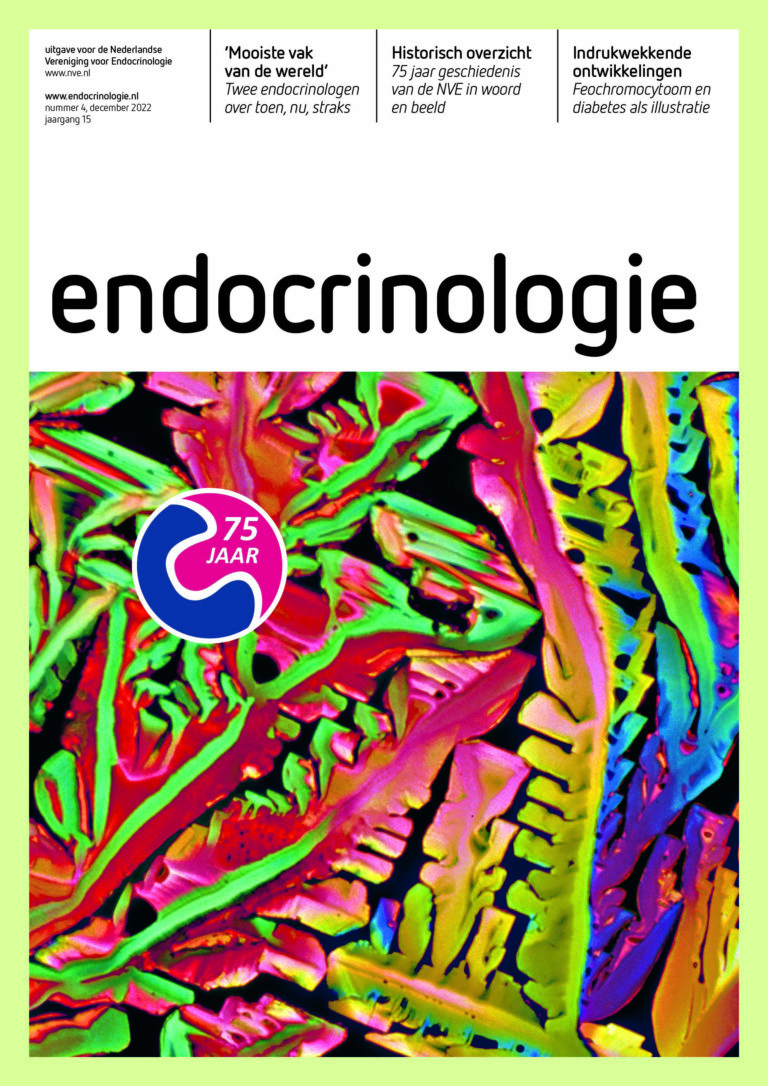EfFECTS
Efficacy of FDG-PET in Evaluation of Cytological indeterminate Thyroid nodules prior to Surgery: a multicentre cost-effectiveness study.



EfFECTS website: http://www.effects-studie.nl
Rationale
Only about ¼ of patients with thyroid nodules with indeterminate cytology are proven to suffer from a malignancy at diagnostic hemithyroidectomy. Therefore ~¾ is operated upon unbeneficially. Recent studies using FDG-PET/CT have suggested that it can decrease the fraction of unbeneficial procedures from ~73% to ~40%. Thereby the direct costs per patient, the number of hospitalization and average sick leave days might decrease and the experienced HRQoL might increase. A study will be undertaken to show the additional value of FDG-PET/CT after indeterminate cytology with respect to unbeneficial procedures, costs and utilities.
Main objective
To determine the impact of FDG-PET/CT on decreasing the fraction of patients with cytologically indeterminate thyroid nodules undergoing unbeneficial patient management.
Study design
A prospective, multicentre, randomised, stratified controlled blinded trial with an experimental study-arm (FDG-PET/CTdriven) and a control study-arm (diagnostic hemithyroidectomy, independent of FDGPET/CT-result).
Study population
Adult patients with a cytologically indeterminate thyroid nodule, without exclusion criteria, in 9 (university and regional) hospitals distributed over the Netherlands.
Intervention
One single FDG-PET/low-dose non-contrast enhanced CT of the head and neck is performed in all patients. Patient management depends on allocation and results of this FDG-PET/CT.
Main study parameters/endpoints
The number of unbeneficial interventions, i.e. surgery for benign disease or watchful-waiting for malignancy.
For secondary objectives
Complication rate, consequences of incidental PET-findings, number of hospitalisation and sick leave days, volumes of healthcare consumed, experienced HRQoL, genetic, cytological and (immuno)histopathological features of the nodules.
Sample size calculation/data analysis
Based on above-mentioned estimated reduction in unbeneficial interventions from ~73% to ~40%, at least 96 patients with nodules>10 mm need to be analysed (2:1 allocation, α=0.05, power=0.90, one-tailed Fisher’s exact test). After correction for nodule size and data-attrition, 132 patients need to be included in total. Intention-to-treat analysis will be performed. Incremental Net Monetary Benefit based on the total direct costs per patients and the gain in HRQoL-adjusted survival years are computed. Cytological, histological and genetic parameters for FDG-avidity will be described.
Nature and extent of the burden and risks associated with participation, benefit and group relatedness
All patients undergo one FDG-PET/CT scan of head/neck (effective dose: <3.5 mSv) and are asked to fill in 6 questionnaires at 4 time points. FDGPET/CT negative patients in the experimental arm will undergo a single confirmatory US (±FNAC). An interim/posterior analysis of the control subjects is performed to ensure oncological safety. In case of an unexpected high false-negative ratio in this control arm, all patients will be advised to undergo surgery.
Contact
drs. Lisanne de Koster
arts-onderzoeker
Radboudumc
afdeling Radiologie & Nucleaire Geneeskunde
Lisanne.deKoster@radboudumc.nl
071 – 529 76 25






